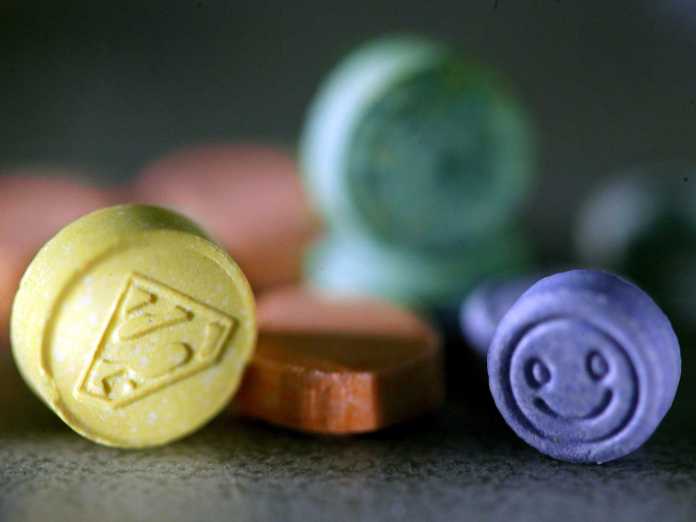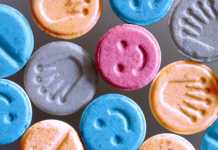The standard methods of MDMA drug testing may soon become a thing of the past, thanks to a new discovery made by researchers at the University of Valencia and CIBER-BNN (The biomedical research networking center in Engineering).
A majority of the ecstasy testing methods that are common today are often expensive, and the waiting time for the results are long and flawed — with some tests even triggering false positive results.
“It is our impression that a need exists for more reliable, user friends and cheaper tests. What makes our method stand out is that it can detect even small traces,” said Jan O. Jeppeson, a chemistry professor at the University of Southern Denmark.
So how does it work?
Jeppeson and his team have discovered that a certain molecular activity is able to detect even very small traces of the active compound in ecstasy, with almost 100 certainty. With this knowledge, cheap testing kits can be developed that are smaller, and more portable than those found in the standard lab.
The test begins with a ball of composed atoms, which are simple to make. The ball is then filled with little holes, allowing it to be filled up with smaller molecules. For this The ball is designed to light up if they are released from the holes.
If there are no detectable amounts of MDMA (the active ingredient in ecstasy) within range, the molecules will not be able to leave the ball. When the ball opens up, the luminescent molecules flow out and can be detected by a sensor. This is only triggered if the it comes into contact with MDMA.
This new method of testing could provide more accessible test kits to medical facilities and recreational users, providing a more accurate and safe experience for all involved.















![Anyma Launches [UNVRS] Residency With Jaw-Dropping AV Show](https://www.ravejungle.com/wp-content/uploads/2025/07/anyma-unvrs-ravejungle-100x70.jpg)



